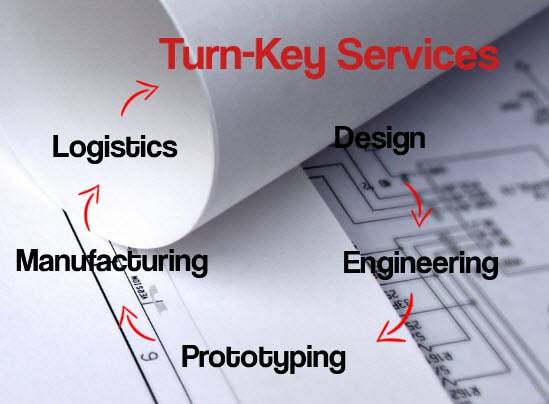One of the most significant changes in contract electronics manufacturing has been the integration of social media into the CEM processes. In this blog post, we will explore how CEM and social media are joining forces to drive efficiency and visibility in the electronics manufacturing area.
The Rise of Contract Electronics Manufacturing
Contract Electronics Manufacturing, commonly known as CEM or Electronics Manufacturing Services (EMS), is a strategic partnership between companies that design electronic products and specialised manufacturers that handle the production processes. This outsourcing model has gained immense popularity in recent years for 3 main reasons:
- Cost Efficiency: CEM allows companies to focus on their core competencies while reducing manufacturing costs. Outsourcing production can lead to significant savings in labour, infrastructure, and equipment.
- Expertise and Speciality: CEM providers are experts in manufacturing electronic products. They possess expert knowledge, equipment, and facilities ensuring high-quality production.
- Scalability: CEM providers can quickly scale production up or down in response to market demand, reducing the risks associated with in-house manufacturing.
The Impact of Social Media on CEM
As the CEM industry has evolved, so has the way it interacts with the broader business landscape. Social media platforms have played a pivotal role in reshaping the industry in several key ways:
- Enhanced Visibility: Social media platforms provide CEM providers with a global stage to showcase their capabilities. Companies can use platforms like LinkedIn, Twitter, and Instagram to share success stories, highlight their expertise, and connect with potential clients.
- Building Trust: CEM’s can help maintain their reputation by sharing valuable content, such as articles, videos, and infographics, on social media. This helps build credibility and trust among clients and partners.
- Customer Engagement: Social media enables CEM companies to engage with their customers in real time. They can respond to inquiries, provide updates on projects, and gather feedback, ensuring strong c relationships.
- Collaboration Opportunities: Platforms like LinkedIn offer opportunities for CEM providers to connect with complementary businesses, such as design firms and component suppliers, leading to potential collaborations and partnerships.
- Market Research: Social media platforms provide valuable insights into market trends, customer preferences, and competitor activities. CEM companies can use this data to refine their strategies and stay competitive.
Conclusion
The integration of social media into contract electronics manufacturing has transformed the industry in profound ways. CEM providers are now able to enhance their visibility, engage with clients, and stay competitive in an increasingly digital world.




